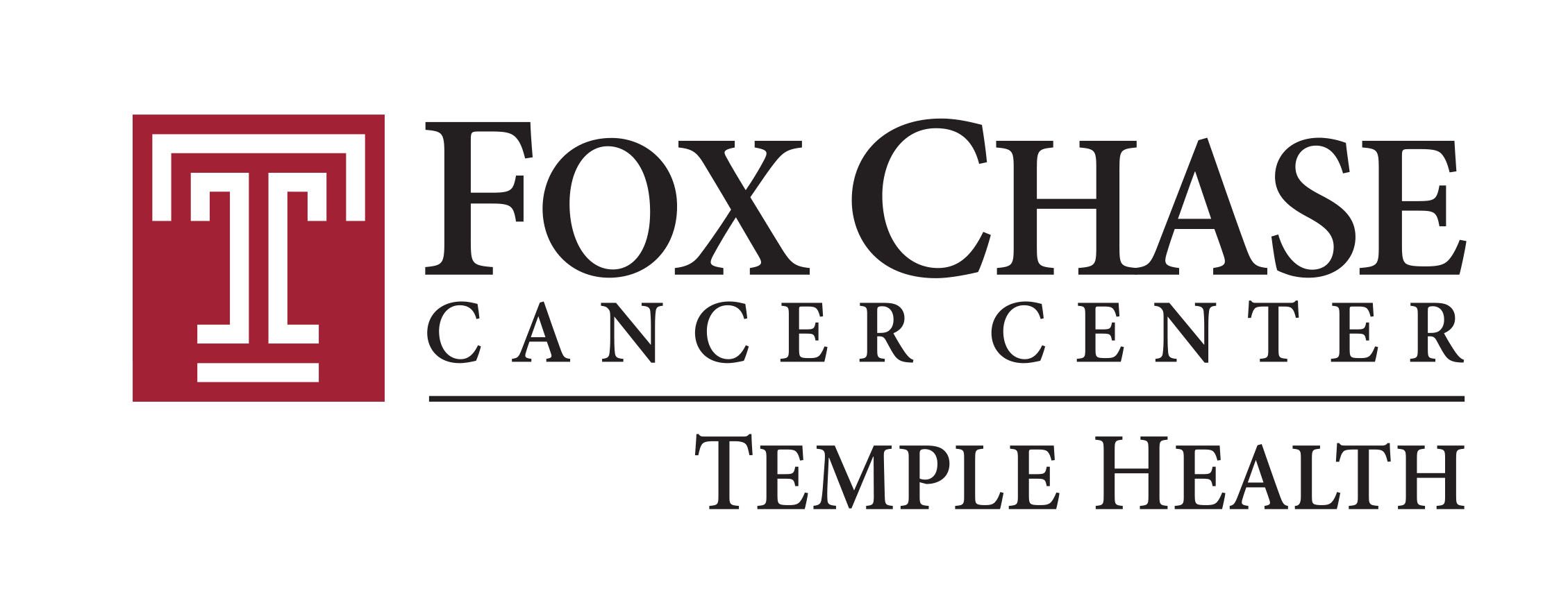- Advertise
- About OncLive
- Editorial Board
- MJH Life Sciences brands
- Contact Us
- Privacy
- Terms & Conditions
- Do Not Sell My Information
2 Clarke Drive
Suite 100
Cranbury, NJ 08512
© 2025 MJH Life Sciences™ and OncLive - Clinical Oncology News, Cancer Expert Insights. All rights reserved.
Dr. Abraham on Surgical Improvements in TGCT
John A. Abraham, MD, FACS, discusses surgical improvements in tenosynovial giant cell tumor.
John A. Abraham, MD, FACS, founder, Orthopaedic Oncology Service, Rothman Orthopaedic Institute, and attending surgeon, Orthopaedic Surgery, Fox Chase Cancer Center, discusses surgical improvements in tenosynovial giant cell tumor (TGCT).
Surgery remains a mainstay in the treatment of patients with TGCT, says Abraham. Moreover, improved techniques have made surgery a more tolerable option for patients.
For example, patients with diffuse TGCT of the knee require front and back synovectomies, Abraham says. This surgery requires making incisions in the front and back of the knee, opening the joint up on both sides, and removing the damaged synovium.
However, critical nerves, blood vessels, and lymphatic vessels are located at the back of the knee, so the procedure is associated with significant complications, including nerve injury, lymphatic disruption, swelling, range of motion limitations, and lymphatic leakage, Abraham says.
Historically, the front and back procedures were spaced apart to mitigate major complications, explains Abraham. However, improved surgical techniques now allow both sides of the operation to be completed on the same day with limited swelling, concludes Abraham.


